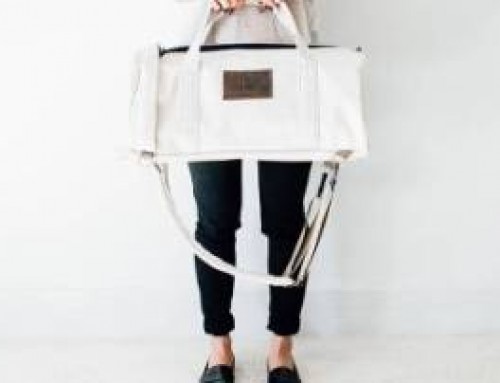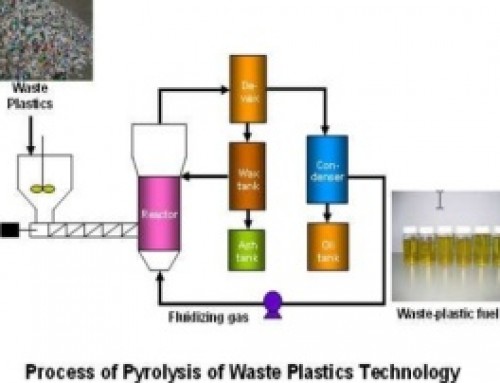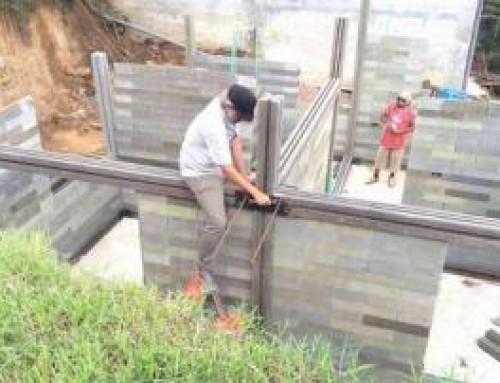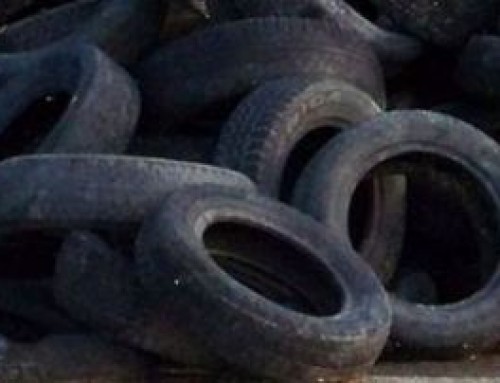First and foremost green waste should be about providing a lower cost service for a type of waste that can be recycled. When green waste can be recycled, that is when it is diverted from going to landfill (the tip) and turned into a useful product that can be used to meet a need in the community. The first saving achieved by recycling the green waste is that waste levies are avoided, saving the customer a significant amount on disposal charges for the material.
Acceptable green waste will contain clippings from shrubs, trees, bushes and lawns. Green waste bins can also be used for whole plants as long as the soil has been removed from the roots. In many places it is okay for the bins to contain weeds, although there are locations where this isn’t the case for certain types of weeds and it is important that you check for such exceptions in the description of services.
For the green waste to be acceptable for recycling it is important that the waste only contains biodegradable materials from gardens or the like. The colour of the waste is less important than the types of material it contains. For example green plastics are not biodegradable and should not be placed in a green waste bin otherwise the contents of the bin are going to be treated as contaminated, rejected from the recycling centre and sent back to landfill for disposal.
Similarly, green waste although it comes predominantly from the garden isn’t just materials from the garden. The green waste will not be acceptable if you put things in the bin like an old letter box, even if it were in the garden for the last 10-years and painted green (or any other colour for that matter). If the green waste has been placed in plastic bags of any sort, it is no longer considered green waste because of the plastic it is contained in. And no the recycling will not consider taking the green waste out of the plastic bags because it is too time consuming and creates other problems, like disposing of dirty plastic bags.
Often the green waste is shredded or chipped as part of repurposing the materials. This means the contents of the bin need to be able to be put through a shredder without breaking it or affecting its operation. It is for this reason that green waste should not contain tree trunks of any significant size. The green waste can contain tree branches and trunks just not any larger than about 150 mm to 250 mm in diameter otherwise the log will jam the machine and/or damage it. Palm tree trunks of any size are a problem because they are very, very fibrous and again often cause the shredder/chipper to jam and also destroy the blades on the machinery. They are also very heavy.
Green waste should not contain any soil or dirt. The soil and dirt is extremely heavy compared to normal green waste and will effect disposal costs and are likely to result in additional tipping charges. This is also a secondary reason that tree trunks and palm trunks are not welcomed. They contain a lot of moisture or waste and are effectively like drums of water which again is very heavy compared to normal green waste.
As always, 2Ezy skips can deliver a skip to you for all your rubbish needs.
Whether it is building, gardening or cleaning out the garage, new projects are so much easier when you have a skip bin to help. With 2ezy skips, you can start an efficient, affordable and environmentally friendly outdoor or indoor project.
For more information regarding what kind of waste types you can put in skip bins, the areas we service, Brisbane North to inner South suburbs, and the costs of each skip bin, contact us today. With affordable skip bins in a range of sizes, we can help you clean out your rubbish from your garden, home or office project fast.





